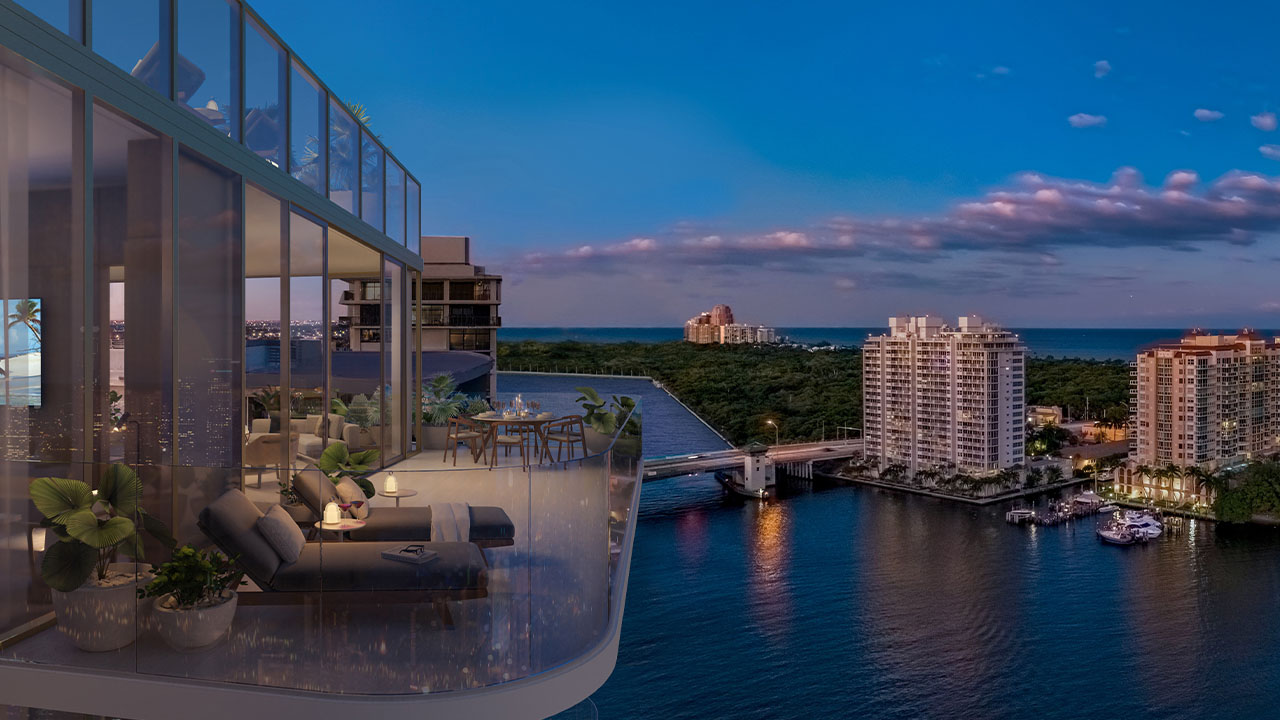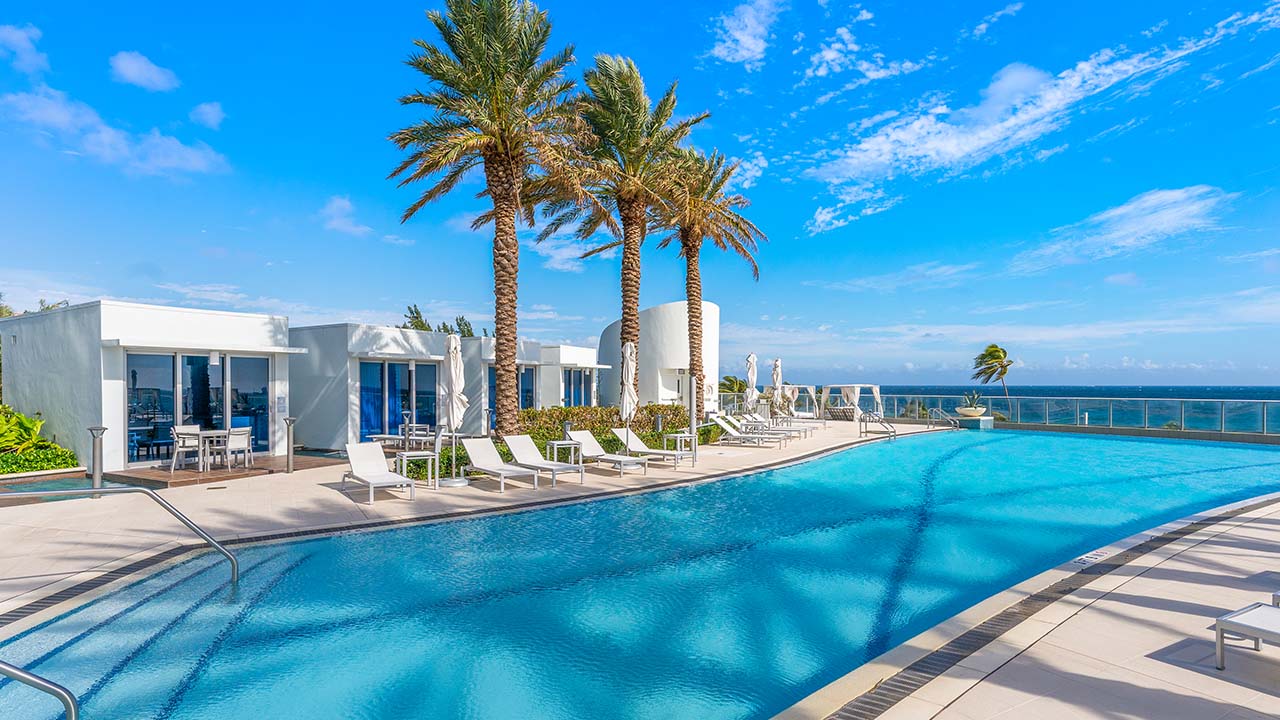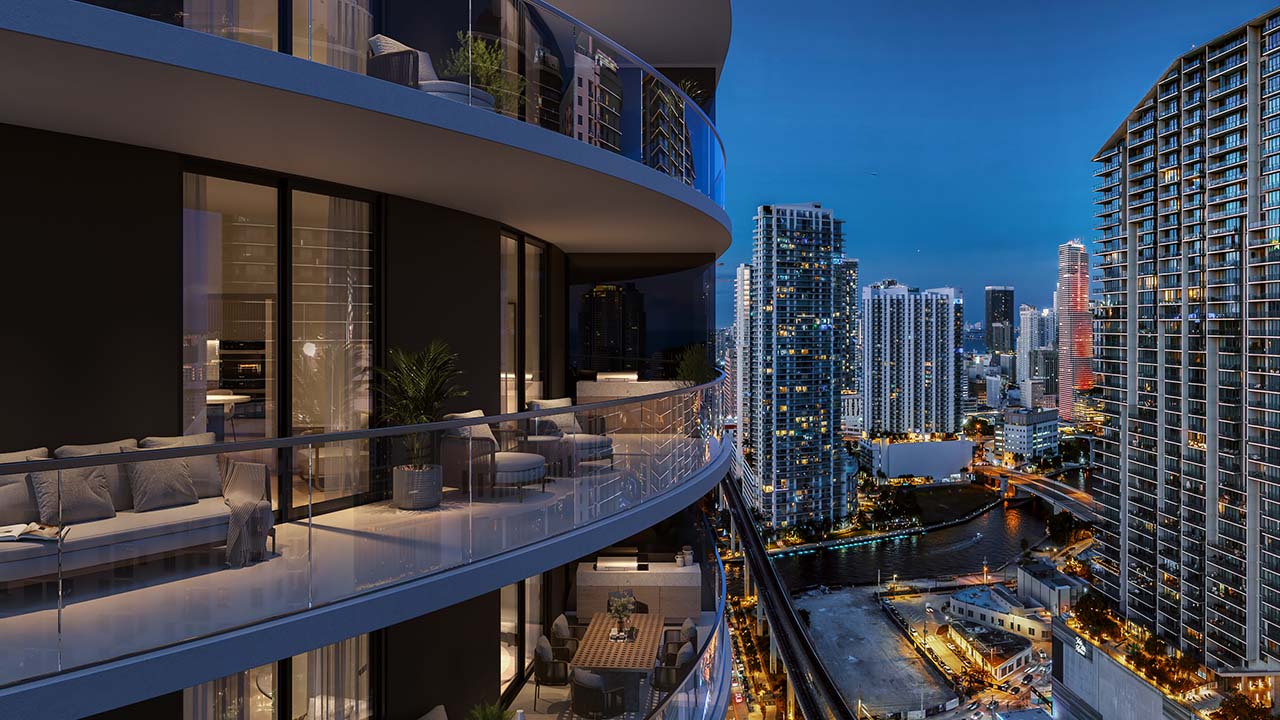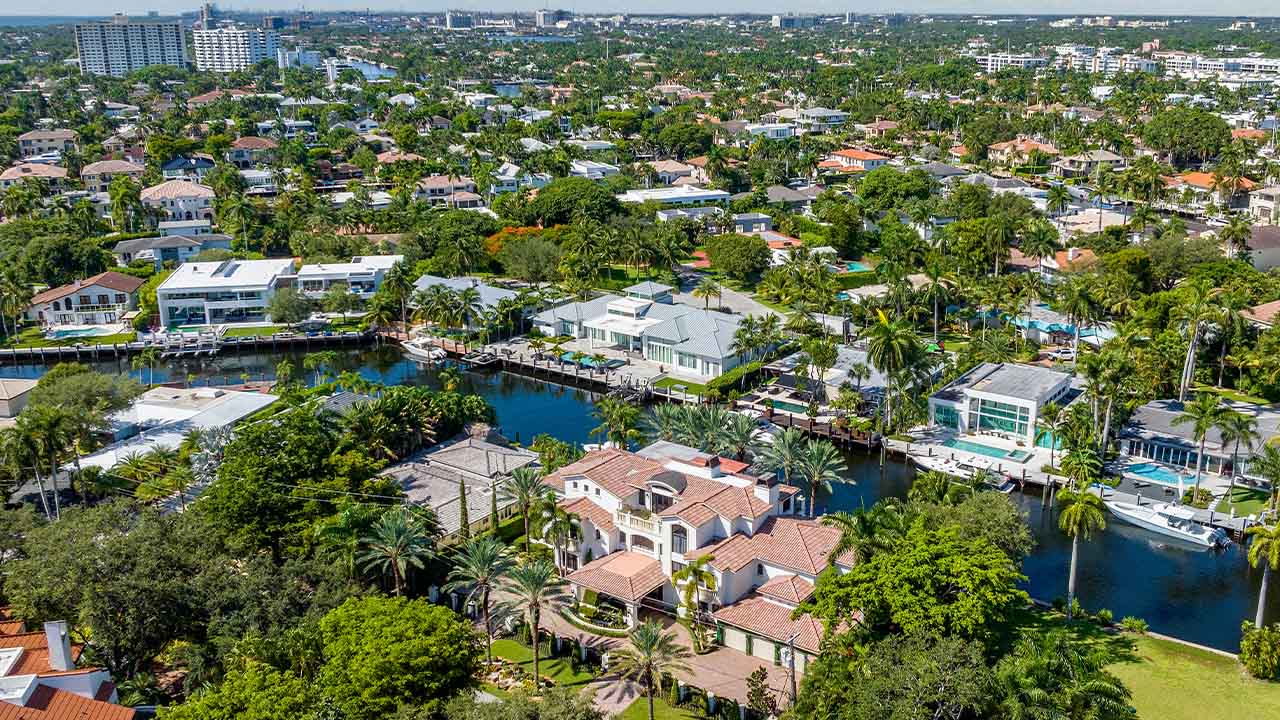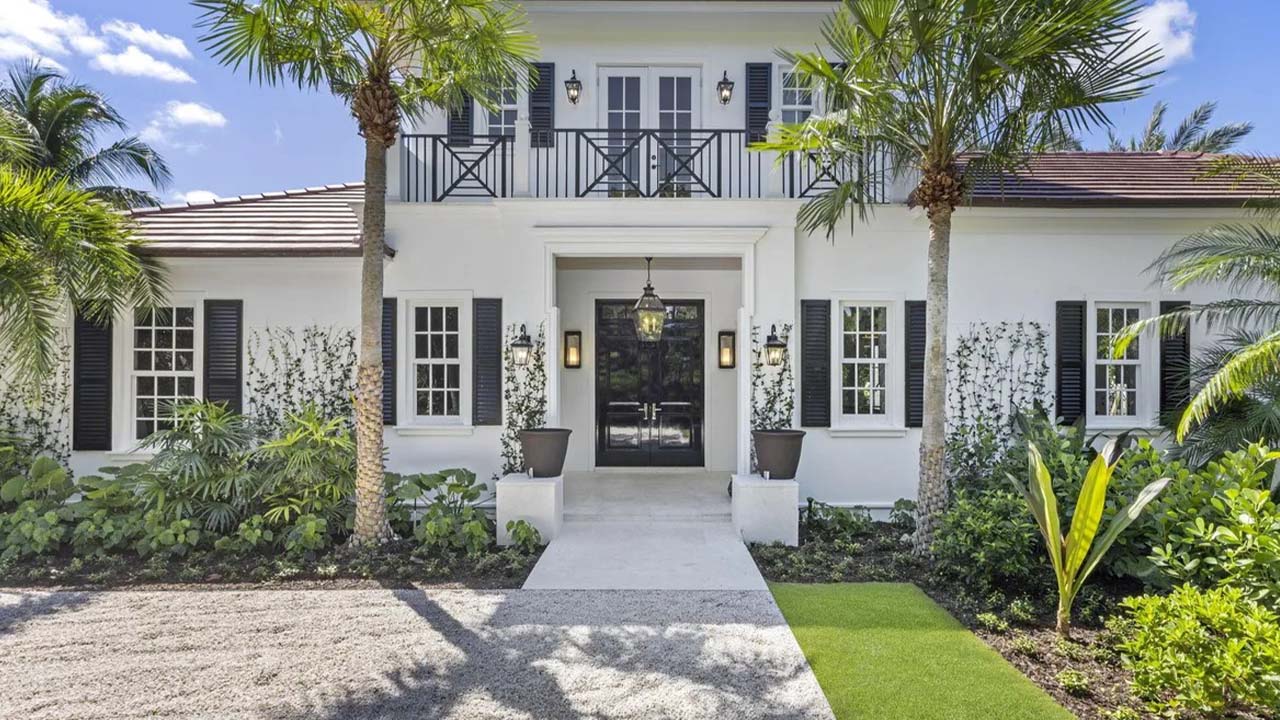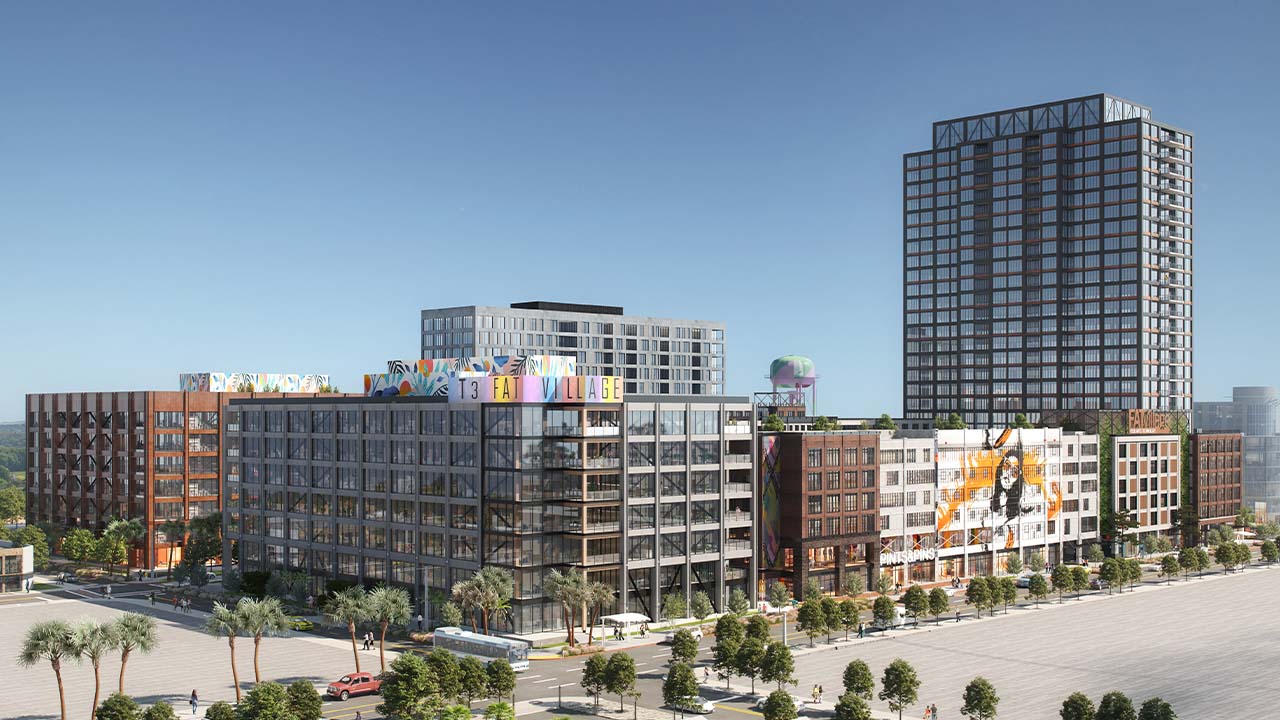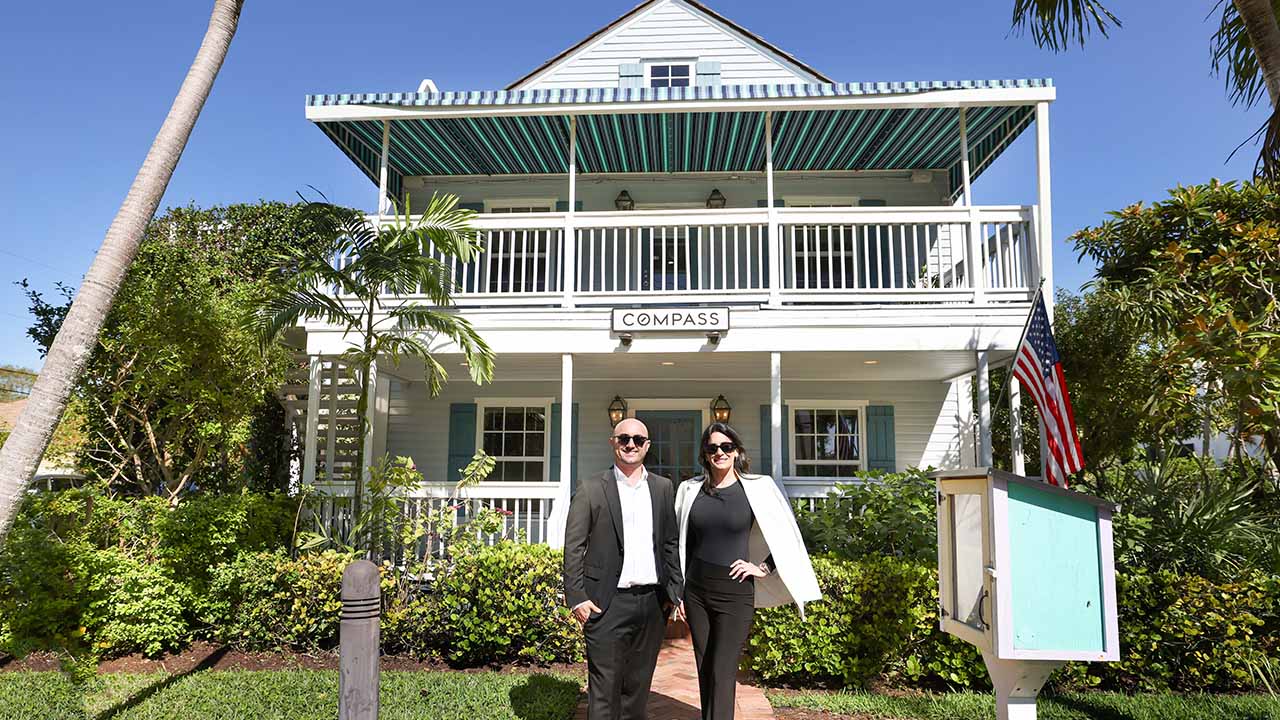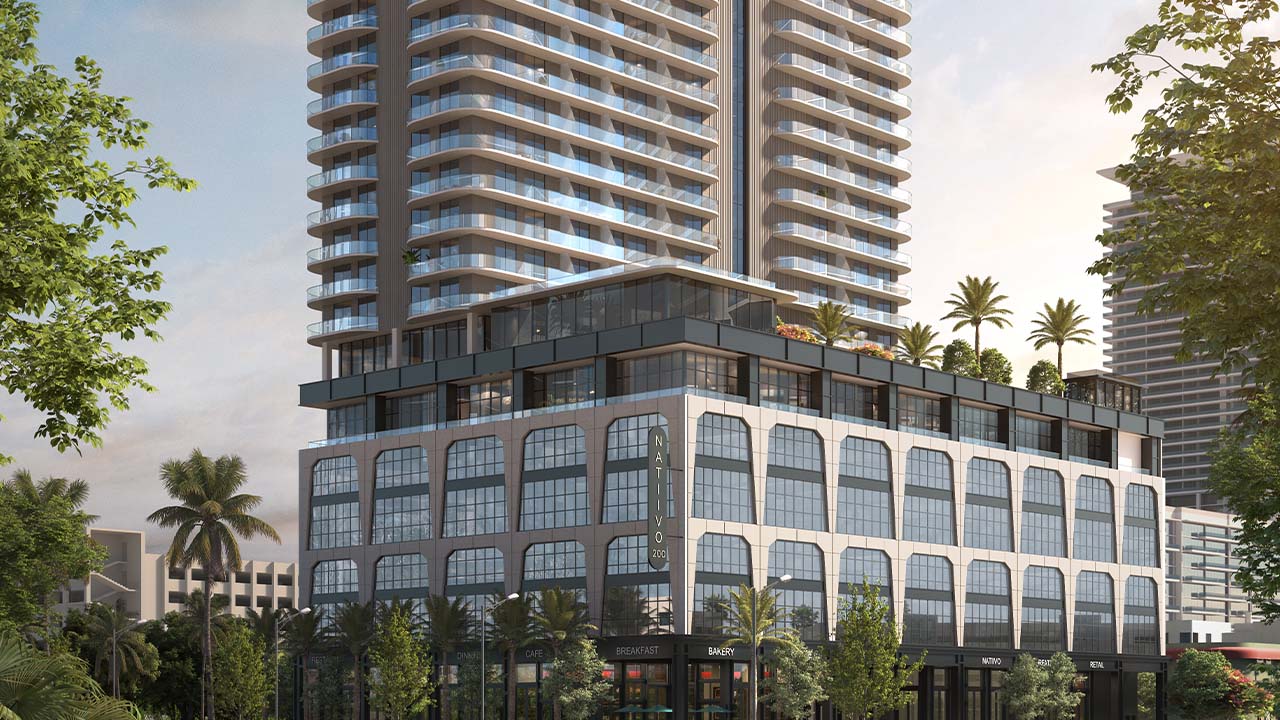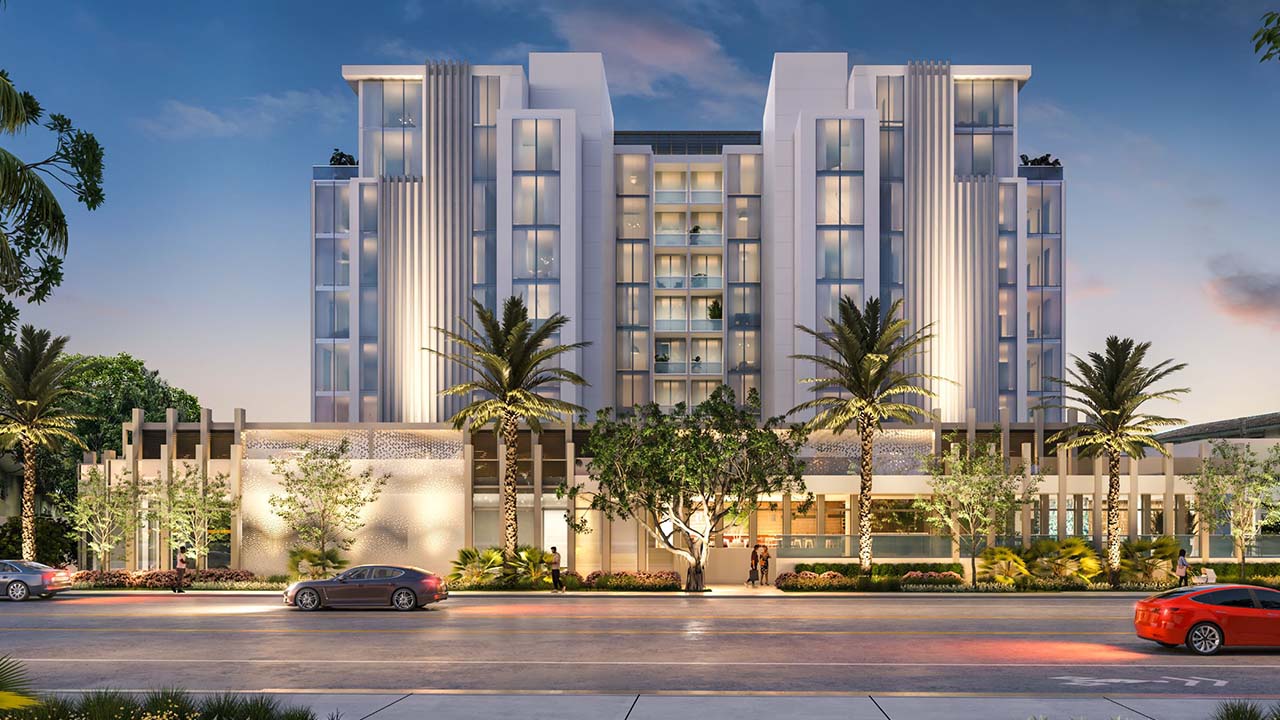One of Pompano Beach’s most effective evangelists came to his position in a circuitous way.
Nguyen Tran, the city’s community redevelopment agency director, left Vietnam as a child, about a week before the fall of Saigon in 1975. He and his extended family landed in northern Virginia through the good graces of an Alexandria family who sponsored them; the father of the sponsoring family was a reporter for the Washington Post.
After earning his degree in mechanical engineering from Old Dominion University, Tran relocated to South Florida, building his résumé by excelling at a series of jobs in development and project management, including for Lennar Homes and the city of Delray Beach. Tran has been in his role for more than four years. He discussed the future of Pompano with SFBW.
What was the most valuable lesson you learned at Old Dominion?
The best part about engineering is that it hones your critical thinking, your analytical thinking. It has taught me how to problem-solve. I’m a problem– solver.
Long before working for Pompano Beach’s community reinvestment agency, you worked for Delray Beach’s CRA?
I was hired back in 1993, right out of school, to work for Delray Beach. [Executive director for Delray Beach CRA] Chris Brown hired me right out of college to work as a CRA intern, so that was my first exposure to community redevelopment agencies. I left the CRA after two years and worked for the city of Delray for 10½ years as a planner.
Let’s talk about what you do for the city of Pompano Beach.
In 2012, Chris Brown called me up and said, “Hey, Pompano really needs somebody like you to help get the redevelopment vision going, so would you like to come down here? There’s great opportunity.” And I said, “You know, why not?” So, in 2012 I came to the city of Pompano as a project manager for the CRA. Pompano is very similar to what Delray was back in 1993. There was a vacancy rate, a high crime rate, very low retail.
So, now Pompano is looking forward to a renaissance the way Delray experienced its redevelopment. And the town is buzzing about luxury condos coming in—the Ritz-Carlton, Solemar, Casamar. What do these high-profile projects signal about the future of Pompano?
What this signifies is that now, finally, it’s Pompano’s turn. Pompano was a very sleepy town; it was what they referred to in planning as a bedroom community, where people would come to sleep but they would work somewhere else. It’s hard when you’re this little city next to Fort Lauderdale. Everybody from the investment communities from overseas knows Fort Lauderdale, Miami, West Palm, Boca Raton. But Pompano Beach—where does that fit in?
Talk about Old Town Square development?
What that means to that northwest CRA district is the first mixed-use market rate development in this area. It’s creating a market where one didn’t exist. Pompano in the northwest is made up of an abundance of low-income housing tax credit developments. This project will help create a balance. The biggest part of redevelopment is always achieving the balance. You know, in downtown Fort Lauderdale, for example, or Miami, you have a mix of affordable units to market units.
It’s not a great balance in Miami—there’s a big problem in Miami with the lack of workforce housing, as you know.
In Pompano, it’s kind of reversed. We don’t have any unrestricted income; it’s all low-income. So, the problem is when the developer looks in an area to develop, if they don’t have their own capital, they’re looking at lenders—and what lenders look at is what the comparables are for the area. And if there are no comparables for market rate, then you’re at a gap, so that’s what we were experiencing in the northwest.
What sort of retail will we see in this mixed-use development?
It’s about 5,000 square feet of ground-floor retail or commercial, so it could be restaurants; it could be retail shops. It’s an upscale market-rate development, really for the millennial-type generation. It’s architecturally trendy, with smaller units.
Now, what about Pompano Station—what’s the status of this project?
Our community redevelopment agency helped get that project off the ground because they had a gap as well. Most development in the eastern area tends to be all market rate, and no workforce-type units. The significance of that project is that the developer committed to 15% of the units being workforce.
And, finally, the McNab House and Botanical Gardens Project. There’s quite a story there.
Very typical of urban parks that are not activated or utilized, they become areas of homelessness and vagrancy. What happens is when the homeless and the vagrants take over the park, the residents don’t use it anymore. So, what we tried to do is activate the part. The existing park is on the Atlantic Boulevard corridor and it’s not active, so the significance of the McNab House was that there was a development coming in [to the site]. The McNab family has owned it for three generations, and it’s such a crucial part of Pompano’s history that the Historic Preservation Society came to us and asked, “Hey, can you help preserve this house for future generations?” So, [the] CRA stepped in and moved the house off the site to McNab Park, where the family also donated the block for a public park. So, what we’re doing is we’re going to convert the house, which was a residential house, into a restaurant and, as for the rest of the park, instead of being a tennis court and basketball court that are underutilized, we are going to create a botanical garden for the remainder of the park. It’s probably going to be about a five-year project.
The McNab House weighed about 1 million pounds—we usually don’t talk about the weight of a building—unless you’re picking it up and moving it, as you did in 2020. Did you see that happen?
It was a sight to be seen, because the house is large—it’s a six-bedroom house, made of yellow clay brick. It took all day—five traffic signal arms had to be taken down. I was in front of the front-end loaders pulling the house. We probably had more than 2,000 people lined up on Atlantic, watching. It was exciting.
Photo by Larry Wood




